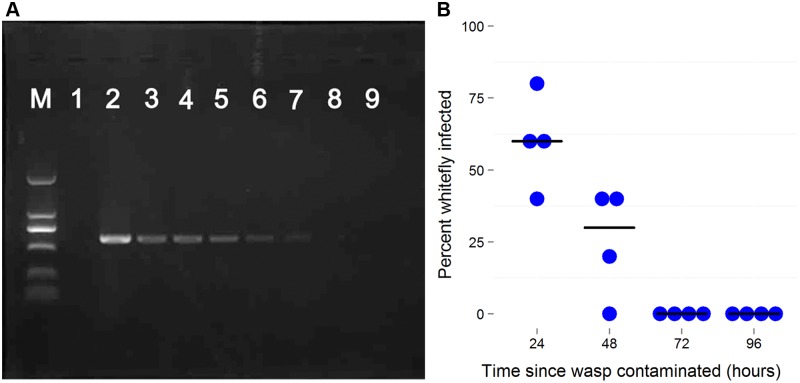Fig 4. The persistence of newly-acquired Wolbachia in parasitoids.
A: Wolbachia detection by PCR using wsp gene in the seven days after the parasitoid visited an infected host. In each PCR reaction Wolbachia DNA was extracted from 10 individuals. B: The decline in Wolbachia transmission rates with time after the wasp is contaminated. Female Eretmocerus wasps were released to parasitize Wolbachia negative AsiaII7 2nd-3rd instar nymphs 24, 48, 72 and 96 h after contamination with Wolbachia. The Wolbachia infection rate of whitefly that were visited by wasps but survived to adulthood was detected with PCR. Each point is the transmission rate to ten whiteflies in a single replicate of the experiment. The horizontal bars are the median. There is a significant decline in transmission rates (logistic generalized linear model: z = 3.50, P = 0.0005).

